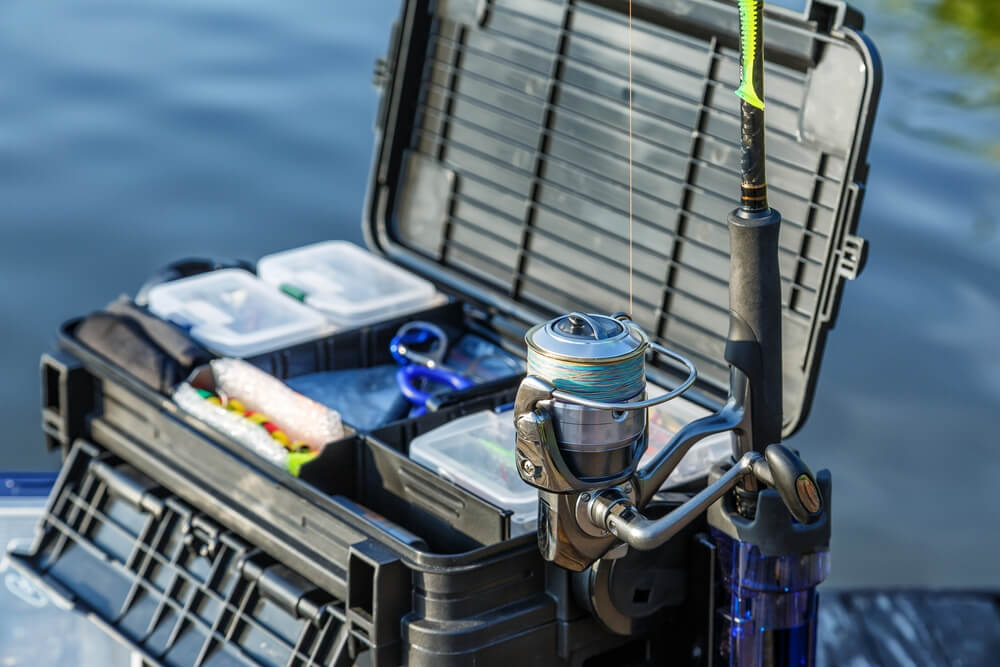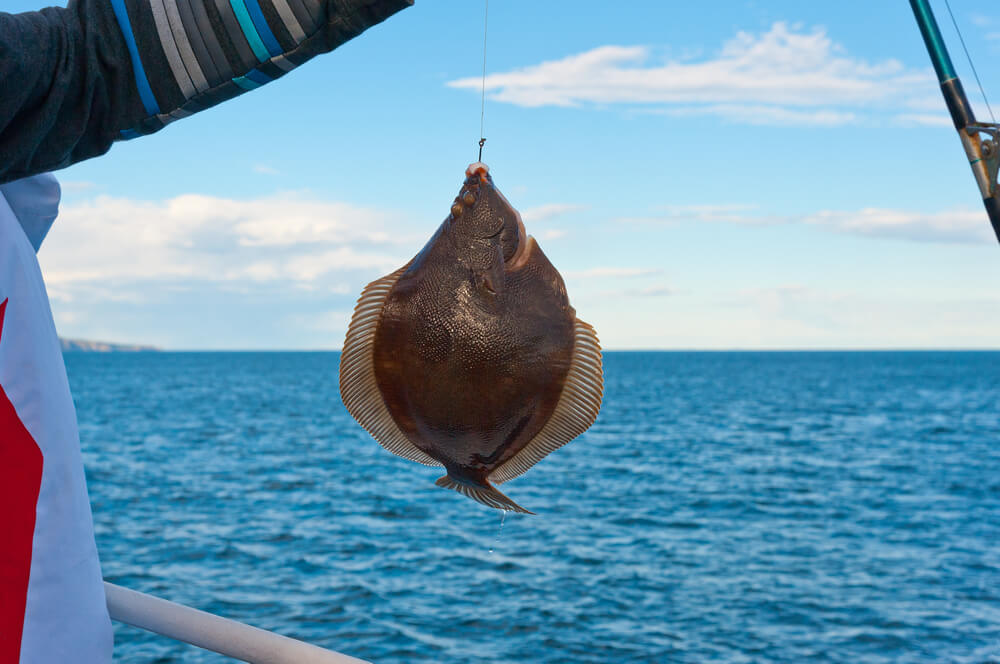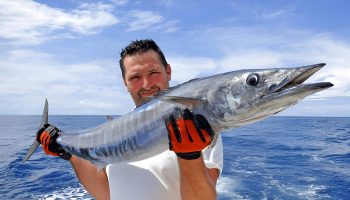Flounder fishing offers a rewarding challenge and a tasty prize for beginners. These elusive flatfish blend into sandy or muddy coastal bottoms, requiring strategic approaches to catch. This guide covers flounder habitats, the right gear, effective bait and lures, proven techniques, prime fishing spots, and sustainable practices. Mastering these basics will boost your success and help preserve this cherished angling tradition.
Understanding Flounder Fish and Their Habitats
Flounder fish are fascinating creatures that inhabit a variety of marine environments. Understanding their habitat is crucial for both seasoned and beginner anglers aiming to catch these elusive fish. Flounders typically dwell in coastal waters, often favoring sandy or muddy bottoms where they can easily camouflage themselves from predators and prey alike. Estuaries, bays, and river mouths are prime locations where flounder thrive due to the abundance of food sources such as small fish, crustaceans, and other invertebrates.
For those new to flounder fishing, it’s essential to grasp some basic principles. Flounder fishing basics include knowing the right time and place to fish. Tidal movements play a significant role in flounder behavior; they tend to be more active during incoming tides when food is more readily available.
Understanding flounder behavior is another key aspect for any angler. These bottom-dwellers are known for their ambush hunting tactics, lying in wait buried under sand or mud until unsuspecting prey swims by. This means that slow-moving baits dragged along the bottom can be particularly effective in enticing a bite.
By familiarizing yourself with the flounder’s habitat and behavior patterns, you can significantly improve your fishing strategy and increase your chances of landing one of these unique flatfish on your next outing.
Essential Gear and Equipment for Flounder Fishing

When it comes to flounder fishing, having the right gear and equipment can make all the difference between a successful day on the water and coming home empty-handed. Here’s a rundown of essential gear and equipment that every angler should consider.
First, selecting the best fishing rods for flounder is crucial. A medium-light to medium rod with a fast action tip is often recommended. This type of rod provides the sensitivity needed to detect subtle bites from flounder while offering enough backbone to handle these flatfish once hooked.
Next, your flounder fishing tackle should include high-quality hooks, sinkers, and swivels. Circle hooks or wide-gap hooks are preferred as they increase your chances of a solid hookset without causing excessive harm to the fish. Pair these with pyramid sinkers that can hold your bait steady in strong currents.
For those new to this sport, beginner fishing equipment should also include a reliable reel, preferably a spinning reel that balances well with your chosen rod. Look for reels with smooth drag systems and sturdy construction to withstand saltwater conditions.
Lastly, some must-have gear for anglers targeting flounder includes a landing net, pliers for hook removal, and an assortment of soft plastic baits or live bait like minnows or shrimp. These tools not only enhance your fishing experience but also ensure you are prepared for various situations on the water.
By equipping yourself with these essentials, you’ll be well-prepared for a rewarding day of flounder fishing.
Bait and Lures
When it comes to targeting flounders, understanding the best bait and effective lures can significantly enhance your fishing success. Flounders are known for their ambush predation, lying in wait for unsuspecting prey to swim by. This behavior makes selecting the right bait crucial.
Best Bait for Flounder Fish
Natural baits tend to be highly effective for flounder fishing. Some of the most popular choices include live minnows, shrimp, and small fish like mullet or mud minnows. These natural options mimic the flounder’s typical prey and can entice even the most cautious fish.
Effective Lures for Flounders
Artificial lures also play a significant role in attracting flounders. Soft plastic baits that resemble small fish or shrimp are particularly effective. Jig heads with soft plastics can be bounced along the bottom to mimic the movement of injured prey, which is irresistible to flounders. Additionally, scented lures can add an extra layer of attraction.
Natural vs Artificial Bait
Choosing between natural and artificial bait often depends on personal preference and specific fishing conditions. Natural bait tends to have a more authentic scent and texture that can attract finicky fish. However, artificial lures offer versatility and durability, making them a convenient option when live bait is not available.
How to Choose Bait
When selecting bait for flounder fishing, consider factors such as water clarity, tidal movements, and local prey availability. In murky waters, brightly colored or scented lures may perform better by catching the attention of nearby flounders. Conversely, in clear waters with abundant natural prey, live bait might yield better results.
By understanding these factors and experimenting with different baits and lures, anglers can increase their chances of landing this elusive flatfish. Whether you opt for natural or artificial options, knowing what attracts flounders will help you make informed choices on your next fishing trip.
Techniques and Tips for Successful Flounder Fishing
Flounder fishing can be a rewarding experience, but understanding the right techniques and tips is crucial for success. Here are some effective flounder fishing techniques that can help you catch more flounders, whether you’re a beginner or looking to refine your skills.
Firstly, knowing where to fish is essential. Flounders are typically found in sandy or muddy bottoms in shallow waters. Look for areas with structure such as piers, docks, and jetties where these fish like to hide and ambush their prey.
When it comes to bait, live bait tends to be the most effective. Shrimp, minnows, and small crabs are excellent choices that flounders find irresistible. If you prefer artificial lures, opt for soft plastic baits that mimic these creatures’ movement.
Angling strategies for beginners often emphasize patience and subtlety. Use a light tackle setup with a sensitive rod tip so you can feel the gentle bites of flounders. Once you feel a bite, give it a moment before setting the hook firmly but gently, flounders have tough mouths that require precise hooking.
Pro tips for catching flounders include paying attention to tidal movements. Flounders tend to feed more actively during incoming tides when they move closer to shorelines in search of food. Additionally, try drifting your bait along the bottom rather than keeping it stationary; this mimics natural prey movement and increases your chances of enticing a bite.
By incorporating these techniques into your fishing routine, you’ll improve your chances of landing more flounders on your next trip out on the water.
The Best Spots to Catch Flounders
Flounder fishing is a rewarding experience for both novice and seasoned anglers. To maximize your chances of catching these flatfish, it’s essential to know the top locations for flounder fishing and understand their preferred habitats. Coastal regions with abundant flounders are typically the best places to start.
One of the prime spots for flounder fishing is along the Atlantic coast, particularly in areas like North Carolina’s Outer Banks and Chesapeake Bay. These regions offer rich feeding grounds due to their sandy bottoms and ample supply of baitfish. Similarly, the Gulf Coast, stretching from Texas to Florida, provides excellent opportunities due to its warm waters and diverse marine life.
For those looking to find fishing spots near you, local estuaries, inlets, and bays are often teeming with flounders. These fish tend to favor shallow waters with soft substrates where they can easily camouflage themselves and ambush prey. Checking tide charts can also be beneficial since flounders are more active during tidal movements.
By targeting these coastal hotspots and understanding the behavior of flounders, you’ll significantly increase your chances of a successful catch. Whether you’re planning a dedicated fishing trip or just looking for nearby locations to cast your line, these tips will help you find some of the best spots to catch flounders.
Sustainable Fishing Practices Every Angler Should Follow
As anglers, it’s our responsibility to ensure that our love for fishing doesn’t come at the expense of aquatic ecosystems. By adopting sustainable angling practices, we can help preserve fish populations and maintain healthy waterways for future generations. Here are some essential conservation tips for anglers to follow:
1. Catch and Release: One of the most effective sustainable angling practices is catch and release. Use barbless hooks to minimize injury to the fish and handle them as little as possible. Wet your hands before touching a fish, support its body properly, and release it back into the water quickly.
2. Follow Local Regulations: Adhering to local fishing regulations is crucial for conservation efforts. These guidelines are designed based on scientific research to ensure that fish populations remain healthy. Make sure you are aware of size limits, bag limits, and seasonal restrictions in your area.
3. Use Eco-Friendly Gear: Opt for lead-free tackle and biodegradable fishing lines to reduce environmental harm. Traditional lead sinkers can be toxic if ingested by wildlife, while non-biodegradable lines can cause entanglement issues for aquatic animals.
4. Practice Ethical Fishing Guidelines: Avoid fishing in spawning areas during breeding seasons as this can disrupt reproductive cycles and deplete future fish stocks. Additionally, refrain from overfishing any particular species; diversity in your catches helps maintain ecological balance.
5. Clean Up After Yourself: Always leave fishing spots cleaner than you found them by picking up all trash, discarded lines, or tackle pieces left behind by others or yourself. Properly dispose of waste materials to prevent pollution in waterways.
By incorporating these sustainable angling practices into your routine, you contribute significantly towards conserving aquatic habitats and ensuring that fishing remains a viable activity for years to come.
Get Started on Your Flouder Fishing Adventure Today!
Flounder fishing offers an exciting and rewarding experience for anglers of all skill levels. With its unique challenges and the thrill of the catch, it’s no wonder that more and more fishing enthusiasts are drawn to this pursuit. As you prepare to embark on your flounder fishing adventure, remember to equip yourself with the right gear, understand the habits of flounder, and choose optimal locations for a successful outing.
Whether you’re a seasoned angler or a beginner looking to try something new, flounder fishing provides an excellent opportunity to connect with nature and enjoy some time on the water. So gather your equipment, study up on techniques, and head out to your favorite fishing spot. The excitement of reeling in a flounder is just around the corner. Get started on your flounder fishing adventure today!


